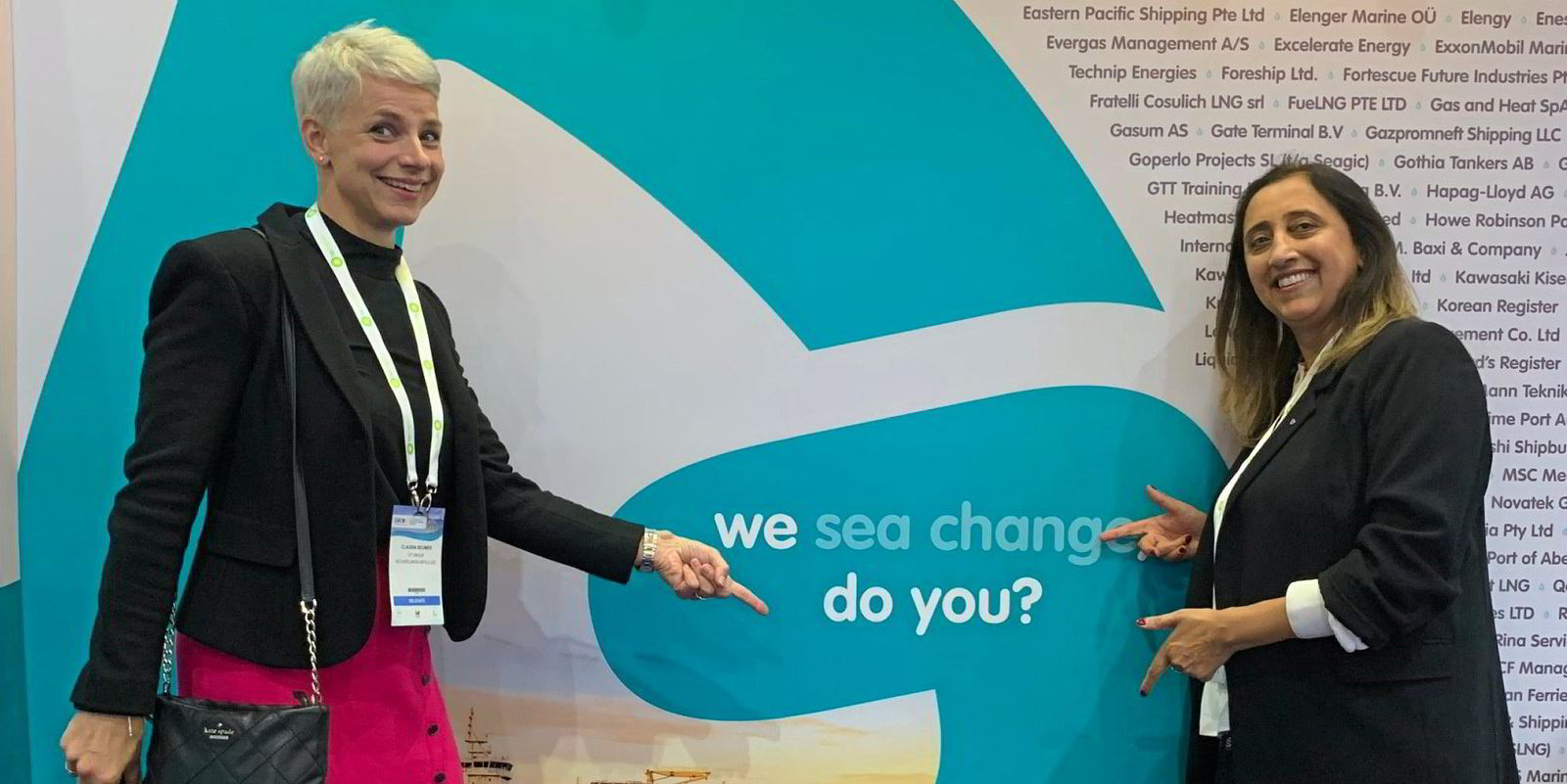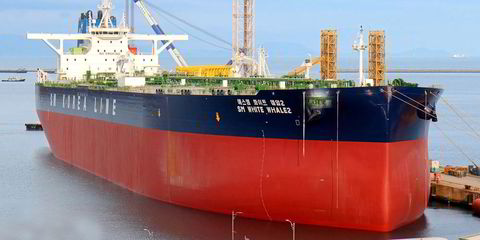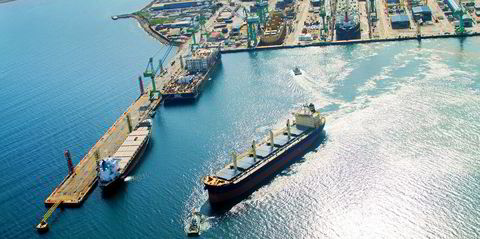About 15% of executive leadership positions in shipping companies are held by women, according to maritime recruitment specialist Spinnaker.
The UK-based consultants told TradeWinds that its data, taken from 88 global shipping companies that participated in the company’s annual salary survey, shows a slight improvement on the 2021 figure, which revealed just 11% of women in C-suite positions.
These include women in chief executive, chief financial officer, chief operating officer, chief commercial officer, chief technical officer, chief people officer, chief information officer and chief environmental officer roles.
The figure emerges as several global studies and reports have highlighted stalling numbers and, in some areas, something of an exodus of women in C-Suite roles.
Speaking out on gender pay disparity on International Women’s Day, Spinnaker said women working in the shipping industry face a huge pay gap between genders.
Spinnaker said the gender pay gap in maritime in the UK was 40% in 2021 and has only slightly improved in 2022 to 39.13%. The figure for 2020 was 42.8%.
Managing director of executive search Teresa Peacock said a lack of gender equity in the industry can be identified as a key barrier to attracting more women into the maritime workforce.
Peacock said United Nations figures show that women make up 29% of the maritime workforce and just 2% of seafarers are female, she detailed.
She highlighted that bringing more women into the maritime workforce is enshrined in the UN’s Sustainable Development Goals.
But she said Spinnaker’s data shows a “sizeable pay disparity in shipping”.
“The theme of this year’s International Women’s Day is #EmbraceEquity, but there is still much action needed to drive gender parity — especially in the maritime industry,” Peacock said.
The MD outlined actionable steps companies can take to bridge the gap, adding that many of these relate to the recruitment process.
She stressed the need for non-gender biased language in job descriptions, having a diverse interview panel for the hiring process and improving salary transparency in job adverts — with one option being to detail band structures.
Peacock said that as women are generally paid less, the practice of asking about their current salary perpetuates the pay gap as they naturally have a lower start point for negotiation.
She added that this is especially true for returners to the job market who may have had an elongated career break while raising a family, meaning salary history is not an accurate indicator of current market worth.
Peacock also emphasised the importance of making shipping an attractive industry for women at all stages of their careers and the need to offer flexibility and continuous professional development.
“Building a strong female talent pipeline at all levels helps to keep women in the sector as well as highlights the opportunities for career growth,” she said.
“Women will be able to see the career trajectories of others before them and see that they too can go from junior positions to become leading figures within the industry.”







